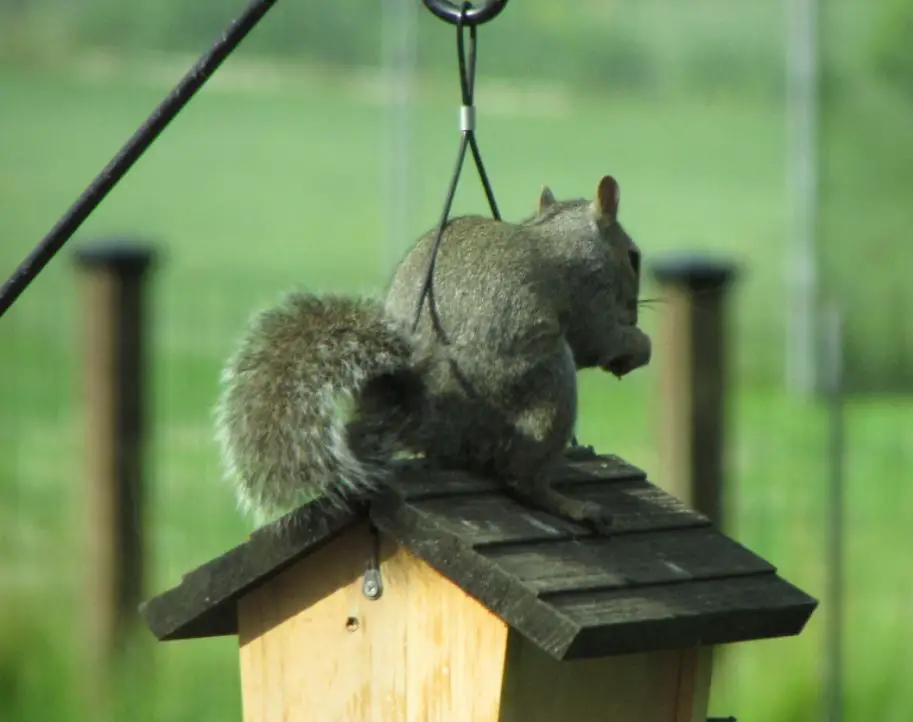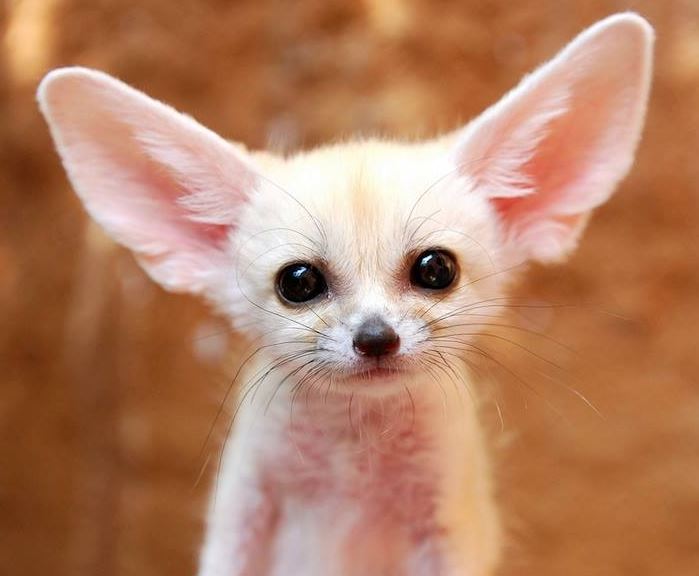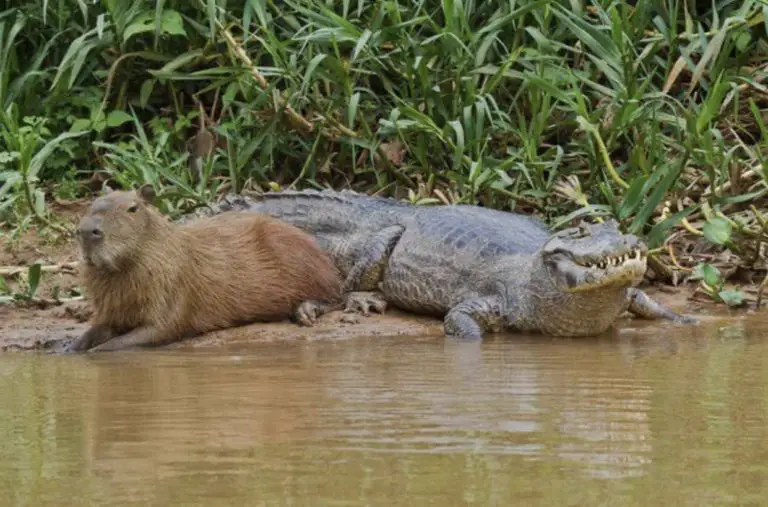4 Pole Materials a Squirrel Can’t Climb (Top Most Effective)

Squirrels are excellent climbers (yes, I know, super redundant starting phrase) but this will be an interesting topic where we will be analyzing and comparing the different materials that a squirrel can or cannot climb, which of these materials is the ideal one, and some tips for their choice.
It is already known that squirrels can climb trees with incredible agility, both up and down, squirrels have certain physical qualities that facilitate this task, also the bark of trees lends itself 100% for this purpose.
But what about the other more material? researching on the web I came across some concerns about squirrels climbing poles, especially bird feeding poles.
These poles, which are usually used outdoors attract squirrels which can climb and take free and easy bird food, which materials would make this squirrel habit more complicated?
It is also common to see complementary methods used for these poles, such as greasing, petroleum jelly, electrification, and other methods, all to prevent squirrels from climbing them.
In order to have a logical and fair material analysis factor, we will rely on a friction factor as well as a roughness coefficient, I do not mean something super scientific, but obviously each material has its own qualities.
The less rough and the less friction a material produces, the more difficult it is for a squirrel to climb it, the friction force is what a squirrel uses to cling to a pole to climb it.
The squirrel depends a lot on the double articulation of its hind legs to be able to climb, it does this by clinging to the surface, so to measure the efficiency of the tubes I will be taking as an important parameter its roughness or rather, the smoother the tube the more efficient because it is more difficult to climb.
After this brief introduction (with a super redundant opening sentence), let’s get started.

1. PVC Pipe
PVC pipes can really be a solution to the problem of climbing squirrels, PVC pipes are classified in the category of plastics in construction with different dimensions in inches in reference to their diameter.
The most recommended for posts should be 2″ and up, because remember that the less friction there is, the more effective the post will be, the wider the post, the less friction and grip the squirrel will have.
PVC pipes have an absolute roughness of 0,02 (k: mm), if you are confused by this unit of measurement to give you an idea, let’s say that a rough concrete surface has between 2-9 (k: mm).
PVC pipes on average are less rough than metallic pipes.
Personally, I find the white color of PVC pipe not very aesthetic, but well, solving a problem does not require aesthetics.
Among the same category of plastics, there is also the polyethylene pipe (PE), they are much less rough than the common PVC pipe, with a roughness factor of 0,002 besides its color is black, which seems to be much more aesthetic.
A polyethylene pipe could triple the difficulty for a squirrel to climb it in relation to a PVC one, and if you think that the squirrel can use its nails to climb it, think about it, if you use a suitable diameter it would be an almost impossible task unless it is a super squirrel.
On the downside, polyethylene pipes are considerably more expensive than PVC pipes, but this will not make a big difference considering that you will need at most one pipe to use at most half as much.
Another factor to consider when using plastic tubing as poles, as I mentioned at the beginning, the ideal is to use a tube over 2″ in diameter, and plastic tubing can also be of semi-pressure, which gives it a little more hardness in its composition.
This is important because if you buy a very thin and simple PVC pipe to be used as a post, the squirrels could easily make the pole vibrate or shake and simply eat the surplus bird food that falls to the ground.
Ideally, the pipe should have some consistency, as a complement, I have also seen some people put a slinky from the middle of the pipe upwards.
2. Metal Pole (copper, lead, aluminum)
Contrary to what many people may think, metal poles are less smooth than plastic pipes, the difference is not much, but that’s why I’m putting metal pipes second on the list.
The roughness value of metal pipes is between 0,015-0,06, with copper and lead pipes being smoother than aluminum pipes.
Plastic pipes have the advantage of being lighter, therefore they can be used in larger diameters to avoid friction and to prevent squirrels from climbing.
On the other hand, metal pipes, being a conductive material, have the advantage that they can be electrified, which is another complementary method used by many people to prevent squirrels from climbing.
Personally, electrifying a pole seems to me to be a complicated measure, especially if there are more curious animals in the surroundings that, although they could not be fatally injured, could be affected by the electrified pole and also in families with small children this measure is counterproductive.
3. Steel pipe
The steel pipes are placed in the third position as the post to be used to prevent the squirrel from climbing it, this pipe has.
A new steel pipe has practically the same roughness value as a PVC pipe, this roughness is lost a little with the passing of the years in old pipes.
4. Galvanized steel pipe
Galvanized steel pipe has a higher roughness than PVC pipes, a good galvanized pipe has a roughness value of 0,07 – 0,10, but the most common galvanized pipes have between 0,10 – 0,15.
Galvanized steel on the outside is durable, as it is very resistant to weathering, and also shares the conductivity of other metals, so it can also be electrified.
With this type of pipe, as with other metal pipes, the greasing is complemented by the fact that the larger the diameter, the more effective it is, but it is a bit of a heavy job.
concluding remarks
All of these posts are effective, used in the right way to prevent a squirrel from climbing it, but if I had to choose one, as analyzed in the listing, I would choose the plastic pipes.
They are less rough, more accessible and manageable, I could increase the diameter of the pipe so that with the friction of the squirrel it would be almost impossible to climb it, and that without increasing too much the weight of the pipe.






